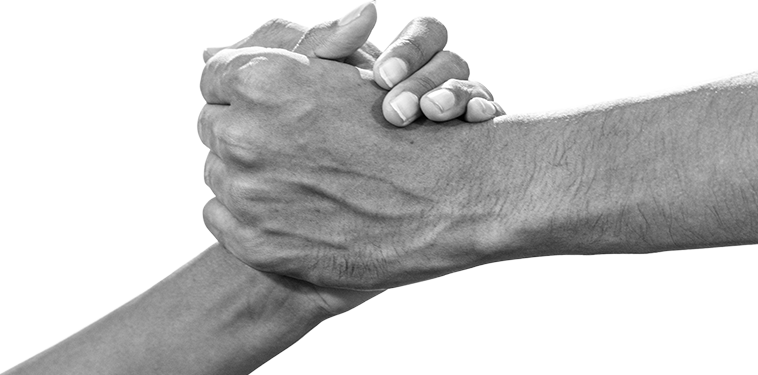Understanding Neurodivergent Disorders: Fostering Inclusion in the Community.

Written by: Sabeeha Azmi
Neurodivergent disorders encompass a diverse spectrum of conditions that affect the way individuals process information, interact with others, and navigate the world around them. These conditions can vary in their presentation and impact on daily life from individual to individual. Although these conditions can pose certain challenges and difficulties, they also allow individuals to experience unique perspectives and strengths which can deepen our understanding of cognition and human behaviour.
One of the most widely discussed neurodivergent conditions is Autism Spectrum Disorder (ASD), where individuals experience differences and sometimes difficulties in social interaction and communication, and could present repetitive and restricted behaviours. As the name suggests, it is essential that we keep in mind that autism is not a one-size-fits-all condition. Within the spectrum, each individual’s experience is unique and they might present various diverse symptoms. Individuals with ASD may face difficulties in verbal communication, sensory processing, and recognising and communicating emotions. But as we mentioned earlier, individuals can also have great strengths – excelling in specific areas such as music, mathematics, arts, writing, etc.
A neurodivergent disorder that is often brought up on social media and has garnered a lot of attention is Attention-Deficit / Hyperactivity Disorder (ADHD). In this condition, individuals face challenges in three broad areas: attention, hyperactivity, and impulsivity. These traits can present individuals with difficulties in professional and academic settings, and can also result in individuals having to navigate daily tasks differently due to symptoms of forgetfulness, racing thoughts, acting without thinking, fidgeting, issues with concentration, etc. While this can make it more challenging for individuals to take on tasks, it encourages out-of-the-box thinking, spontaneity, and creativity. Many individuals speak about their successes and achievements, attributing them in part to their ADHD traits, as they harness their boundless energy and hyperfocus to pursue passions and projects.
Another common neurodivergent condition is Dyslexia, which affects an individual’s reading and language processing. Individuals with dyslexia often face difficulties with spelling, decoding words, grammar, and punctuation, making it hard for them to organise, structure, and express information coherently. Along with these traits, individuals with dyslexia often demonstrate great spatial awareness, exceptional problem-solving skills, and creativity in various fields. Individuals provided with the right support and accommodation for their symptoms can thrive in professional and academic settings.
The above conditions give us a glimpse into the world of neurodivergence, the diversity in the disorders and symptoms, and how they can affect individuals’ lives. Individuals with neurodivergent conditions often face misconceptions and stigma, which can lead to discrimination and exclusion. However, when we take time to understand neurodivergence, we can embrace the inherent value of different cognitive styles and perspectives, recognise neurodiversity, and the innovation, creativity, and resourcefulness these individuals bring to various settings and situations. Instead of looking at neurodivergence as a deficit that needs to be fixed or corrected, our societies can benefit greatly from accommodating and supporting diverse ways of thinking, learning, and interacting. By fostering understanding and inclusivity, we can build environments that facilitate all individuals regardless of neurotype, where each individual is given the necessary tools to reach their full potential.
As we learn more about neurodiversity, raising awareness and promoting acceptance is essential. As we can see, media representation plays a significant part in shaping society’s perceptions of neurodivergent disorders. One way media can challenge stereotypical depictions and promote empathy and understanding of neurodiversity is to portray authentic and diverse experiences of neurodiversity in movies, books, and television shows. Social media campaigns and community awareness workshops are also a great way to increase the visibility of neurodiversity within the community and encourage individuals to adopt a more open-minded approach. Neurodivergence and neurodivergent disorders contribute to the rich tapestry of human cognition and experience, and as we nurture acceptance and support the unique and diverse strengths of neurodivergent individuals, we take steps towards building a more inclusive and compassionate society that celebrates diversity.
